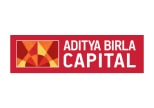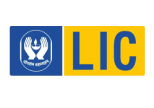Track & Policy DownloadLogin
Life Insurance News
Term Life Insurance Premium Calculator
Gender
- Male
- Female
Age
Do you smoke or chew tobacco?
- Yes
- No
Choose required coverage to secure your family’s future
50L
1Cr
1.5Cr
2Cr
1. Premium has been calculated for coverage till 60 years
2. Final Plan Eligibility will depend on some other factors including tobacco habits, education, occupation and income of the life assured / proposer



Why to Buy Life Insurance Policy Online from InsuranceDekho
- Tax benefit upto 1,50,000*
- Claim support everyday 10AM-7PM
- 14 Mn+ happy customers











































